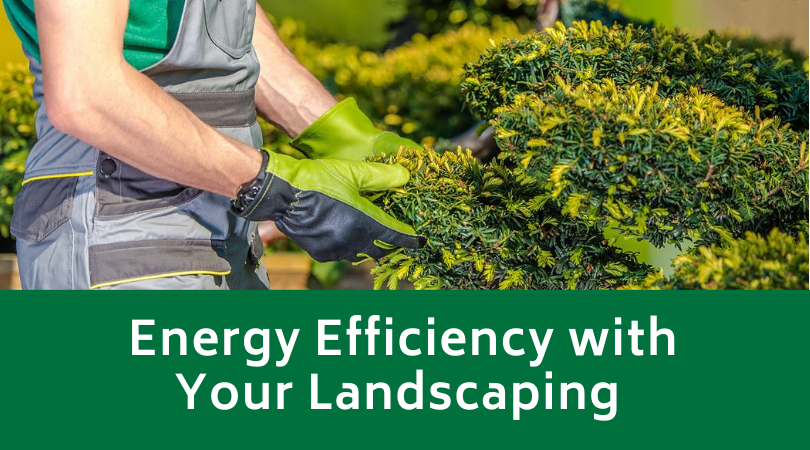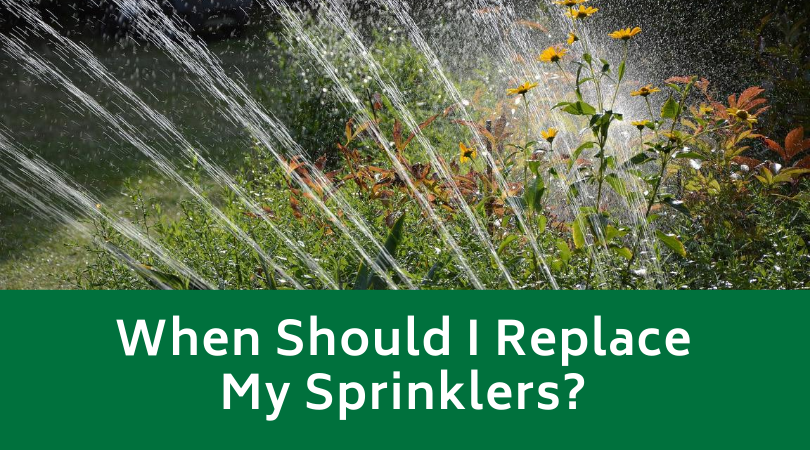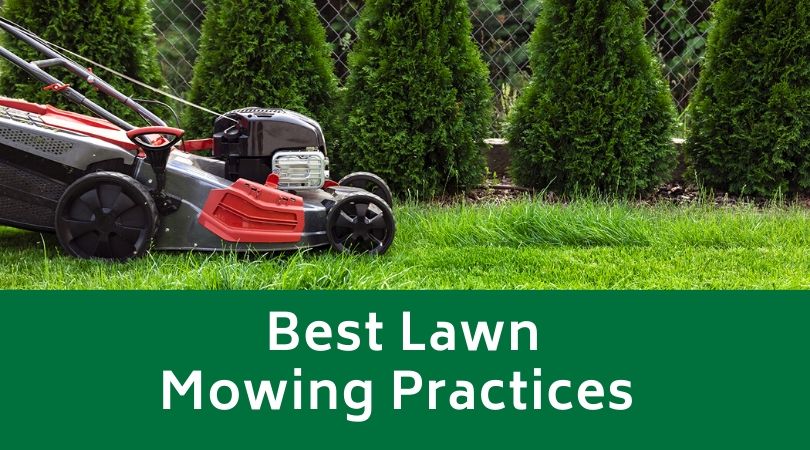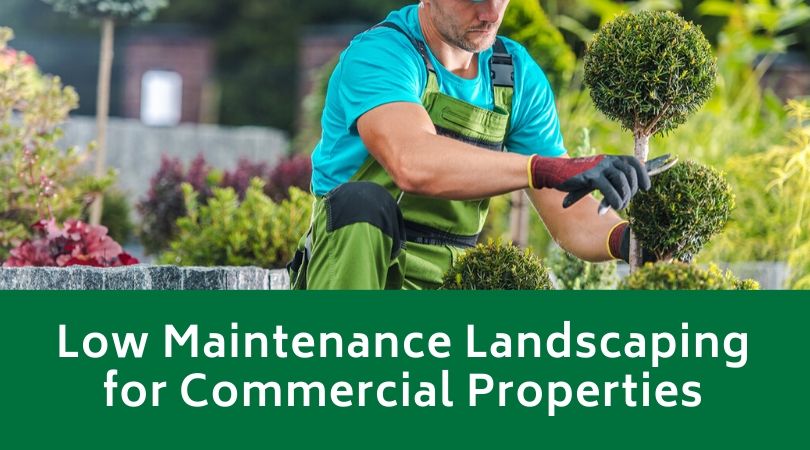Should Your Yard Have a Focal Point?
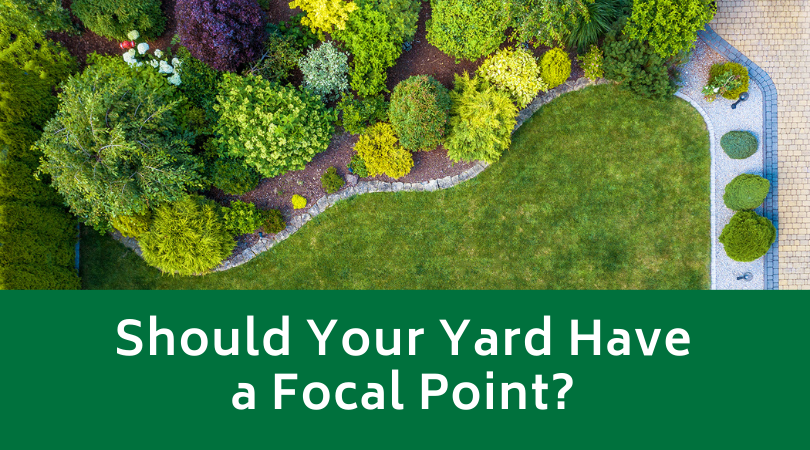
No matter if you have a large or small yard, focal points are nice to have. They can draw your eye around the space in a natural flow, or you can create one that draws people in to gather around. But, should your yard have a focal point? Isn’t it fine by itself? What is the focal point? We’ll answer all of these questions and more below.
What is a Focal Point?
Done correctly, a focal point can be your best friend. It’s an object, container, or plant that gives anyone that sees it an attractive visual entry point. Focal points can direct your guests where to look initially before smoothly directing them to take a glance around the surrounding area. You can create one larger focal point or several smaller ones that you strategically place around your garden or yard to draw your visitor’s eyes. You can also use your focal points to distract people or hide things you don’t want them to see as a utility box.
Four Focal Point Benefits
Although there are dozens of potential benefits with focal points, we picked out what we consider to be the biggest four. They can help you decide if you want to incorporate one into your yard or garden.
- Intensifies the Surroundings – A colorful or bright container or bench can help amplify the surrounding colors. It can add warm tones to grey areas, or it can make your grass seem greener. In turn, this can make your entire space look warm and inviting.
- Directs the Eye – If you have a lot going on in your yard or garden, it’s easy to get lost. However, a focal point can help direct the eye from place to place while making it more streamlined. Bright colors grab your viewers’ attention and help them orient themselves.
- Gives Inspiration – Once your focal point grabs someone’s attention, you can play off it and use it for inspiration for the rest of your yard. Maybe your focal point is a bench. If so, you could center it in your yard and build the rest of your design up around it.
- Adds Height – Many people get stuck trying to figure out how to add height to a flat garden or landscape. A focal point like a fountain or a planter on a stand is one quick way to accomplish this. Height can also add variety and interest to your yard.
Do You Need Focal Points
No, you don’t absolutely need focal points in your yard or garden. However, they have many benefits that come with them, and they’re relatively easy to use. In the end, it all comes down to personal preference. If you already have a flowing yard or garden planned, a focal point could disrupt it and make it seem disjointed. If you don’t have a plan, a focal point gives you a starting place to build your design.
Contact Evergreen Landscaping
Do you want help deciding if you need a focal point or not? Maybe you have more questions or would like an expert’s opinion. Whatever the reason, contact Evergreen Landscaping today

